
Radioactivity on the Spokane Reservation
Uranium ore was blasted out of the Spokane Reservation's arid hillsides and sold to the U.S. Atomic Energy Commission. The truckloads of radioactive material that rumbled daily through the reservation helped build the country's nuclear weapons arsenal in the 1950's. The mines closed 30 years ago, but they've left a complex legacy of pride, patriotism and radioactive pollution on the 157,000-acre reservation west of Spokane.
Section:Picture story
Becky Kramer The Spokesman-Review
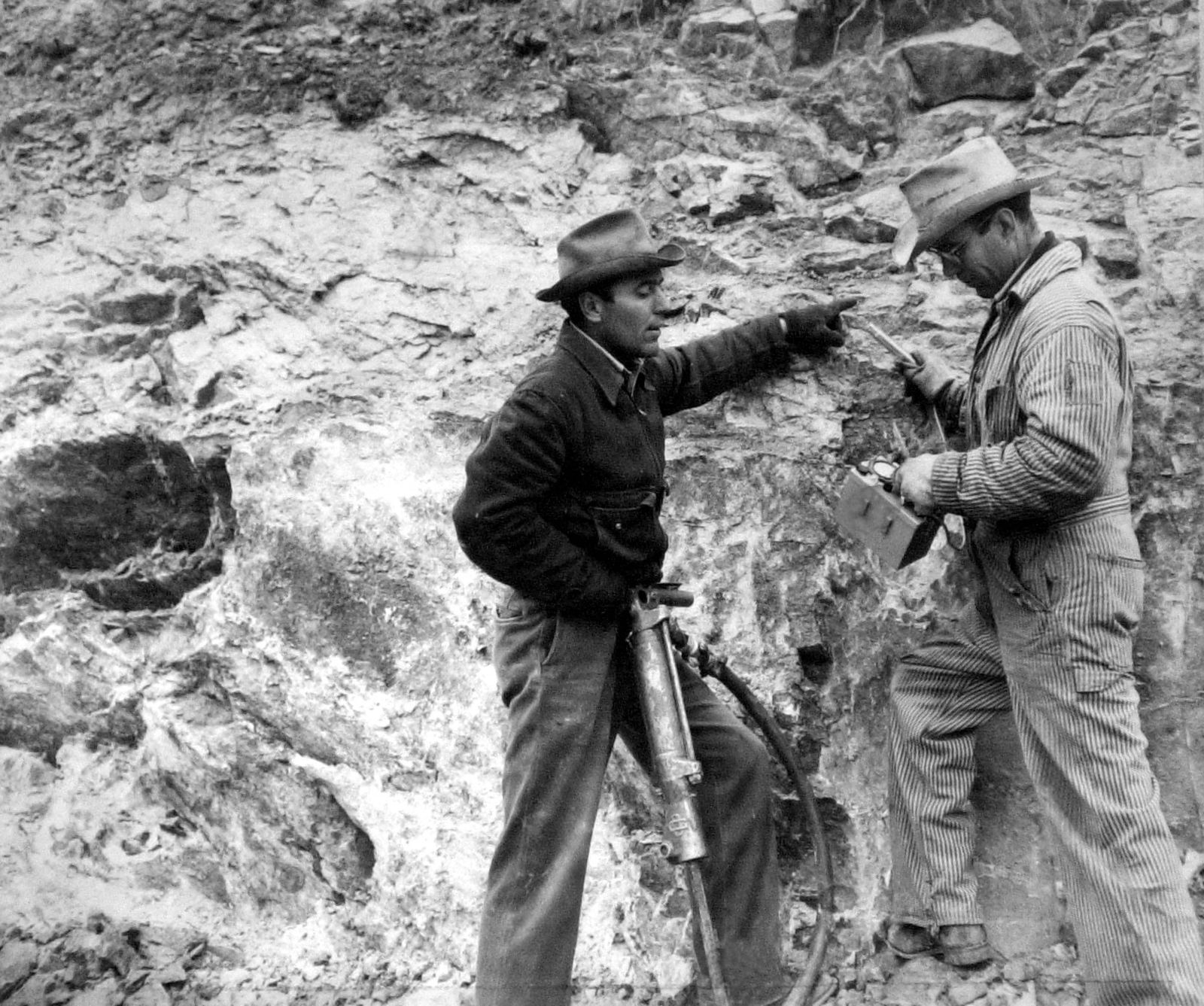
John LaBret (cq) points to a “hot” spot while his twin brother James tests for radioactivity with a Geiger Counter at the future Midnite Mine on the Spokane Indian Reservation in a 1954.
Photo Archive The Spokesman-Review
Becky Kramer The Spokesman-Review
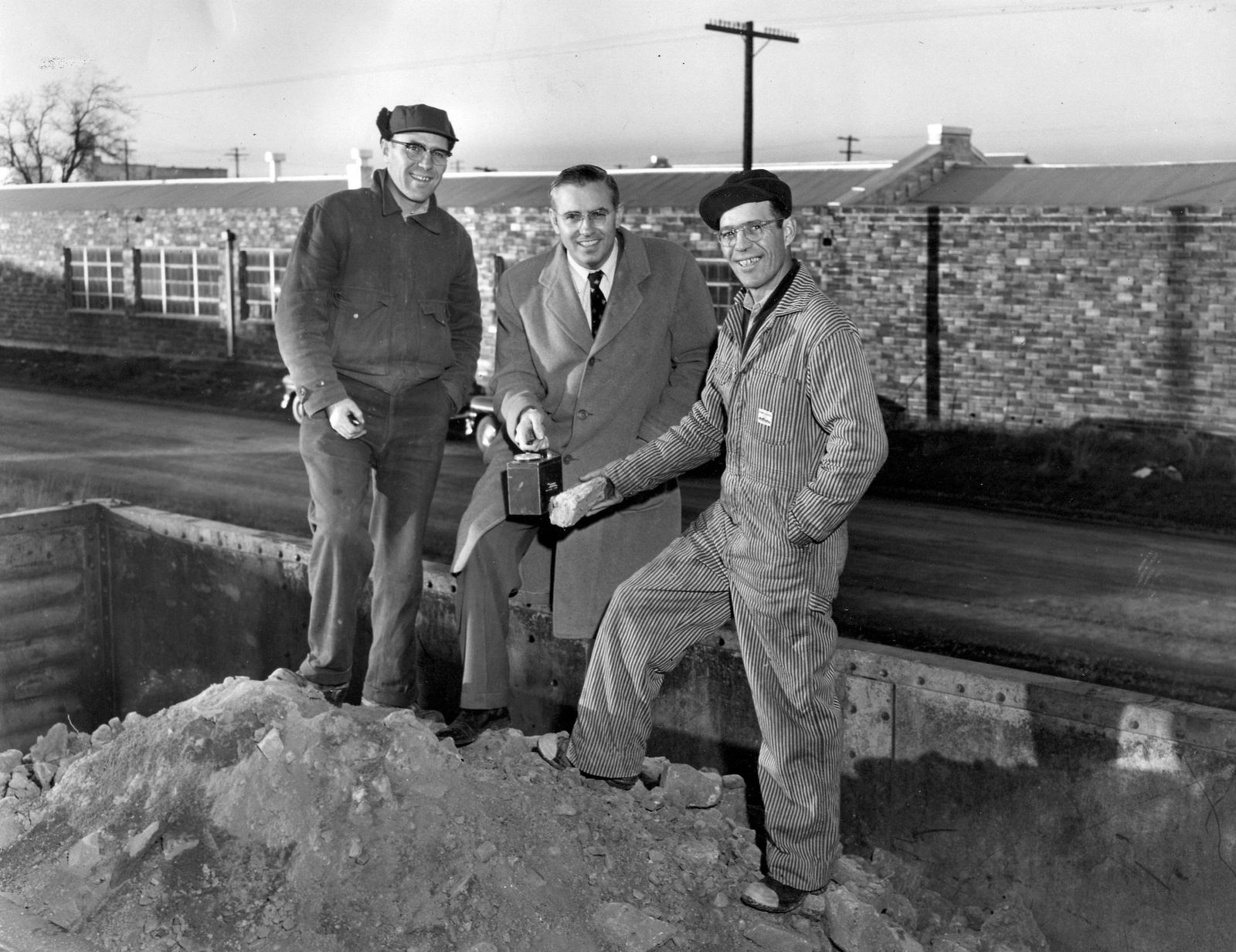
John C. LeBret and James V. LeBret, discoverers of the Midnight uranium mine on the Spokane Indian reservation, are shown atop their first carload shipment of ore shortly before it left the Union Pacific yards in December, 1954, bound for Vitro Chemical company’s processing plant near Salt Lake City. James is holding a “hot” rock under a Geiger counter (device for measuring radioactivity) held by Robert J. Hundhausen, bureau of mines’ engineer.
Photo Archive The Spokesman-Review

Her hands crippled by rheumatoid arthritis, Connie LeBret holds her granddaughter. LeBret worked at the Midnite Mine and wonders if the uranium exposure contributed to her illness. Rhematoid arthritis’s cause isn’t known, but environmental factors are thought to play a role.
Jed Conklin Special to The Spokesman-Review
Becky Kramer The Spokesman-Review

Harold Campbell, 53, worked at both the Midnite and Sherwood Mine and was raised in Uranium City where his father worked nearby at the Dawn Mining’s Ford mill site. He remembers his fathers dusty clothes and the uranium crystals he brought home for Campbell and his brother to play with. Campbell is currently recovering from prostate cancer.
Jed Conklin Special to The Spokesman-Review
Becky Kramer The Spokesman-Review
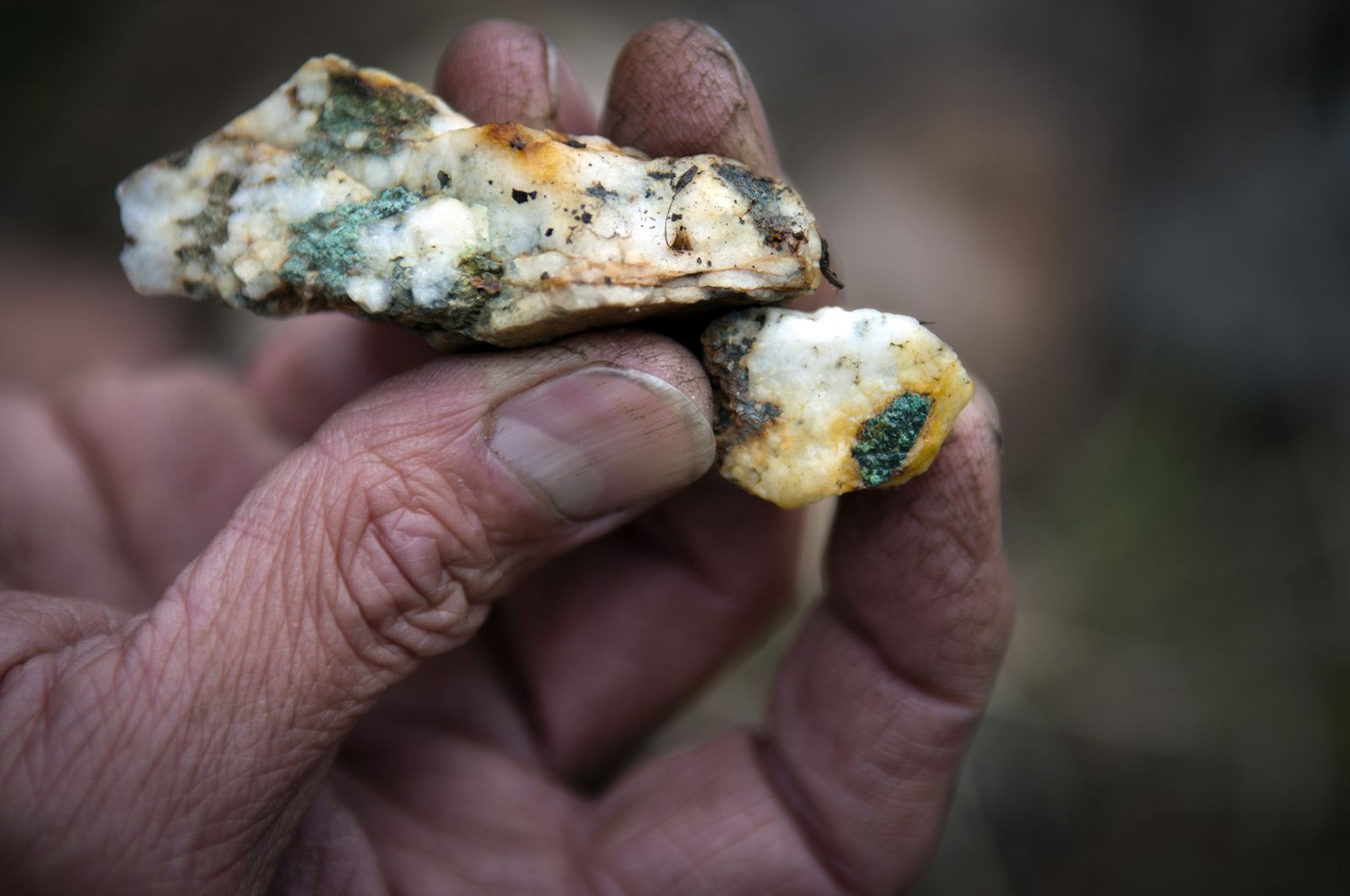
The green shimmer of uranium was presumed to be harmless by many of the workers on the Spokane Indian Reservation.
Jed Conklin Special to The Spokesman-Review
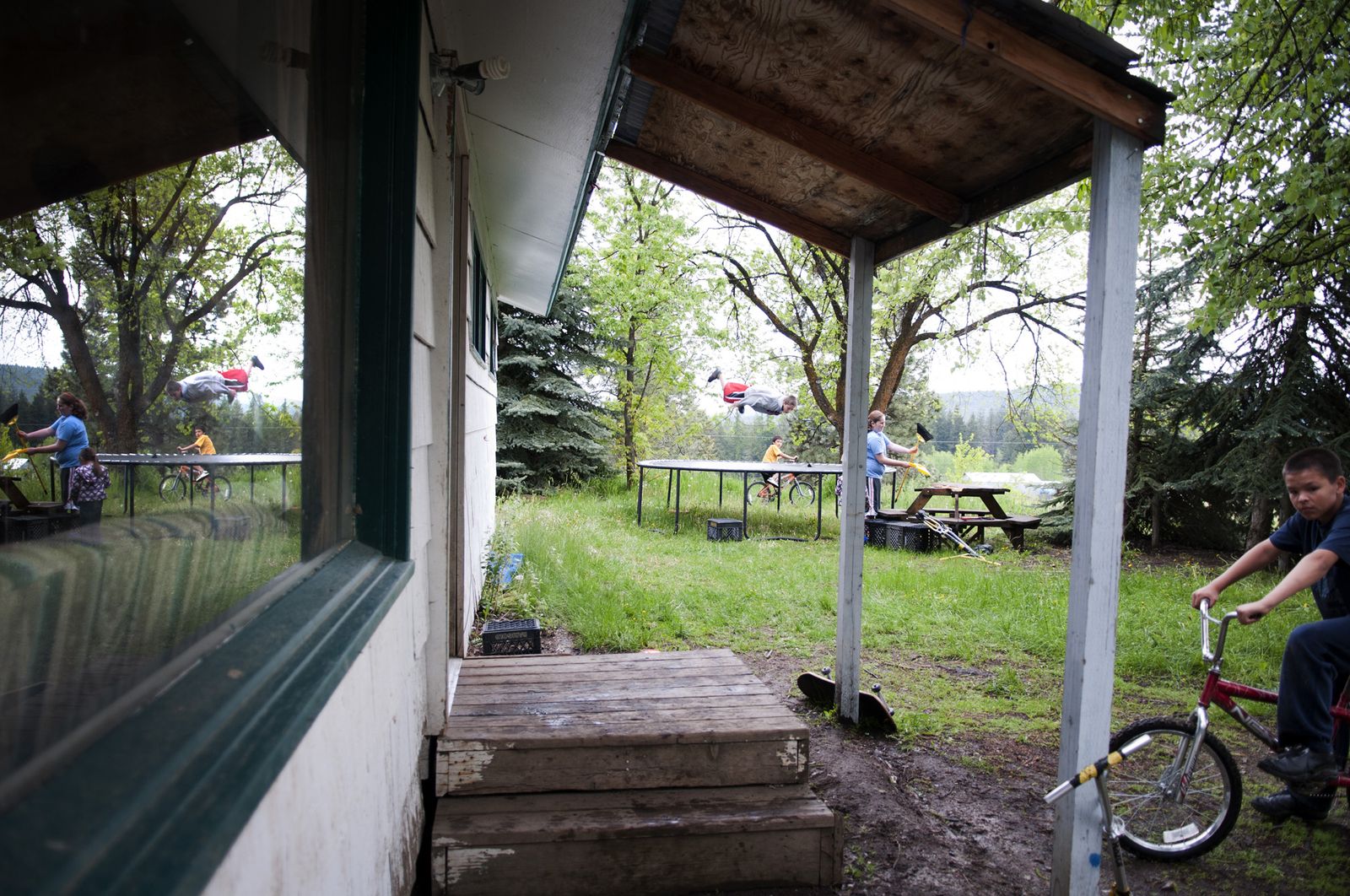
Houses once used by mill managers and workers in Uranium City were sold and moved to other locations, like this one in Wellpinit. Many haven’t been tested for uranium dust.
Jed Conklin Special to The Spokesman-Review
Becky Kramer The Spokesman-Review
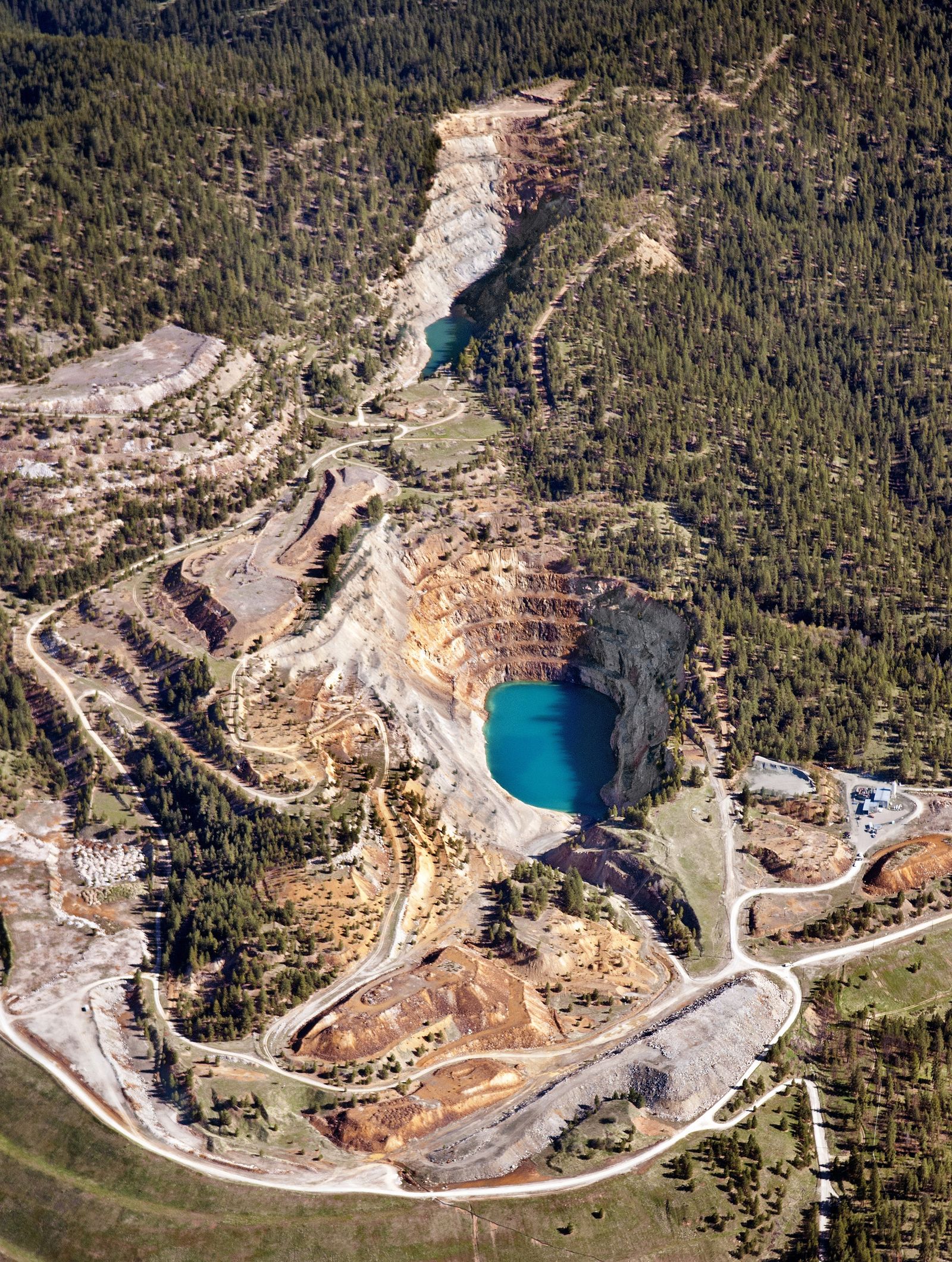
Midnite Mine, the Northwest’s only open-pit uranium mine, provided the radioactive material for nuclear weapons on energy closed operations in 1981.
Jed Conklin Special to The Spokesman-Review
Becky Kramer The Spokesman-Review
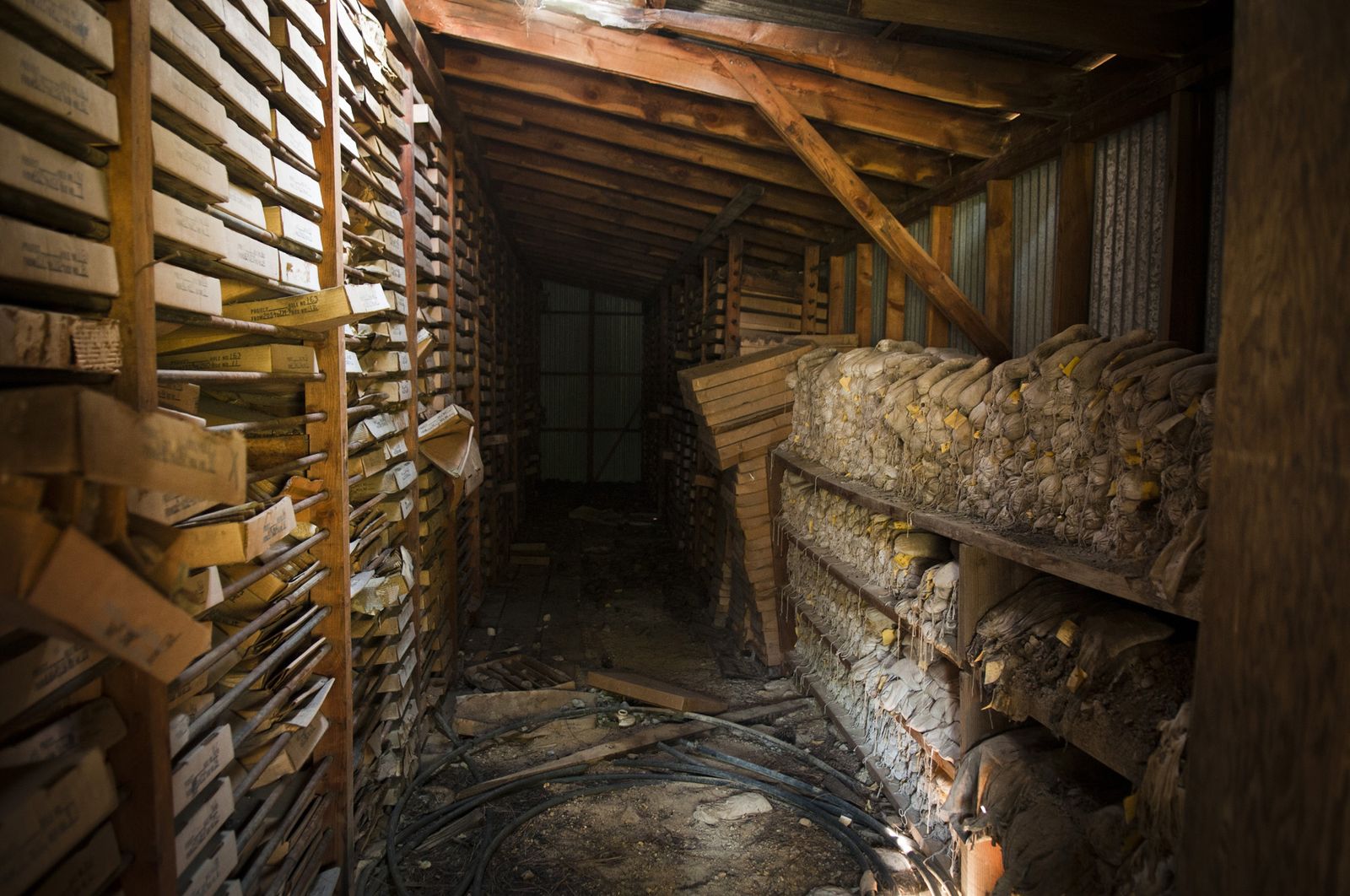
Core samples drilled at the Midnite Mine remain in storage at the mine site. The samples were used to determine where the ore body was.
Jed Conklin Special to The Spokesman-Review
Becky Kramer The Spokesman-Review
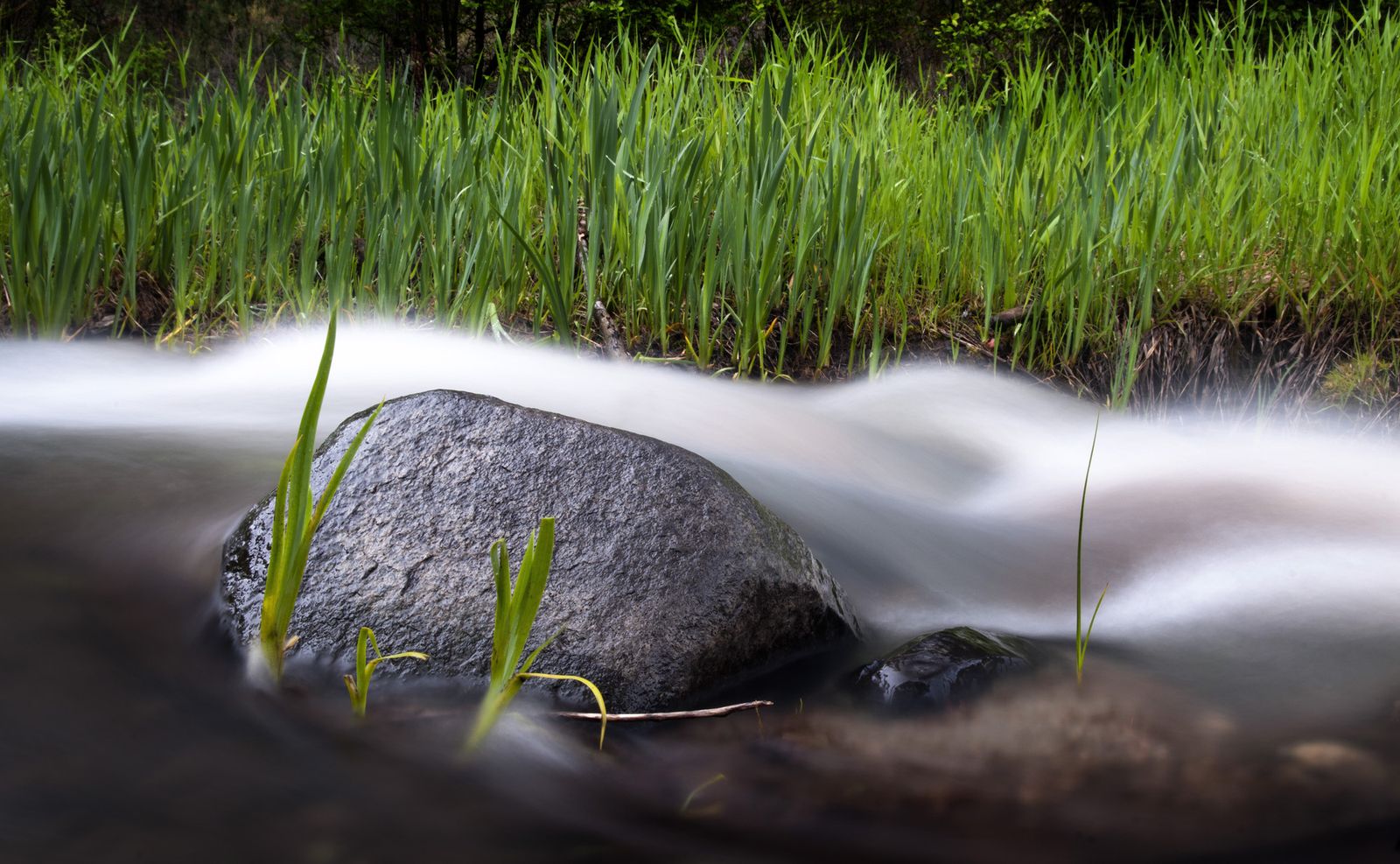
Blue Creek runs between the Midnite and Sherwood Uranium Mines on the Spokane Indian Reservation. Currently water treated to remove radioactive waste and heavy metals are pumped into Blue Creek. Blue Creek flows into the Spokane arm of Lake Roosevelt.
Jed Conklin Special to The Spokesman-Review
Becky Kramer The Spokesman-Review
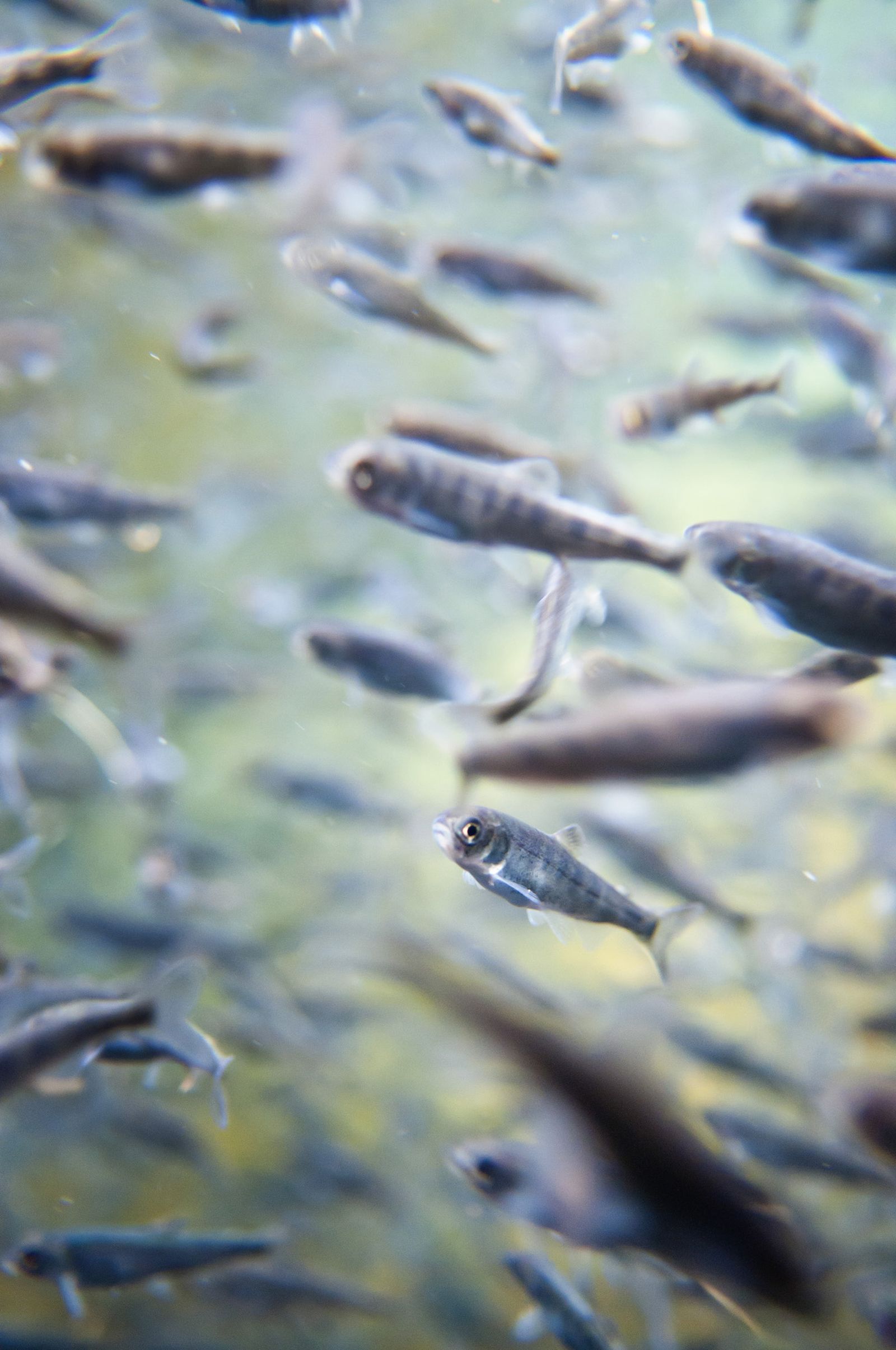
High sulfate levels, caused from treated water pumped from the Midnite Mine, are found in Blue Creek. Sulfate levels affect the health of emerging trout fry according to Brian Crossley is the Water & Fish Program Manager at the Spokane Tribe of Indians. It is unknown if pollutants from Midnite Mine affect fish in Blue Creek or Lake Roosevelt. “In order to say the fish are safe to eat, there must be analysis of the fish,” said Crossley.
Jed Conklin Special to The Spokesman-Review
Becky Kramer The Spokesman-Review

The Agency for Toxic Substances and Disease Registry (ATSDR) advises people not to eat meat, like this elk, or the roots, berries and fish from the Blue Creek drainage because they may be contaminated by the Midnite Mine.
Jed Conklin Special to The Spokesman-Review
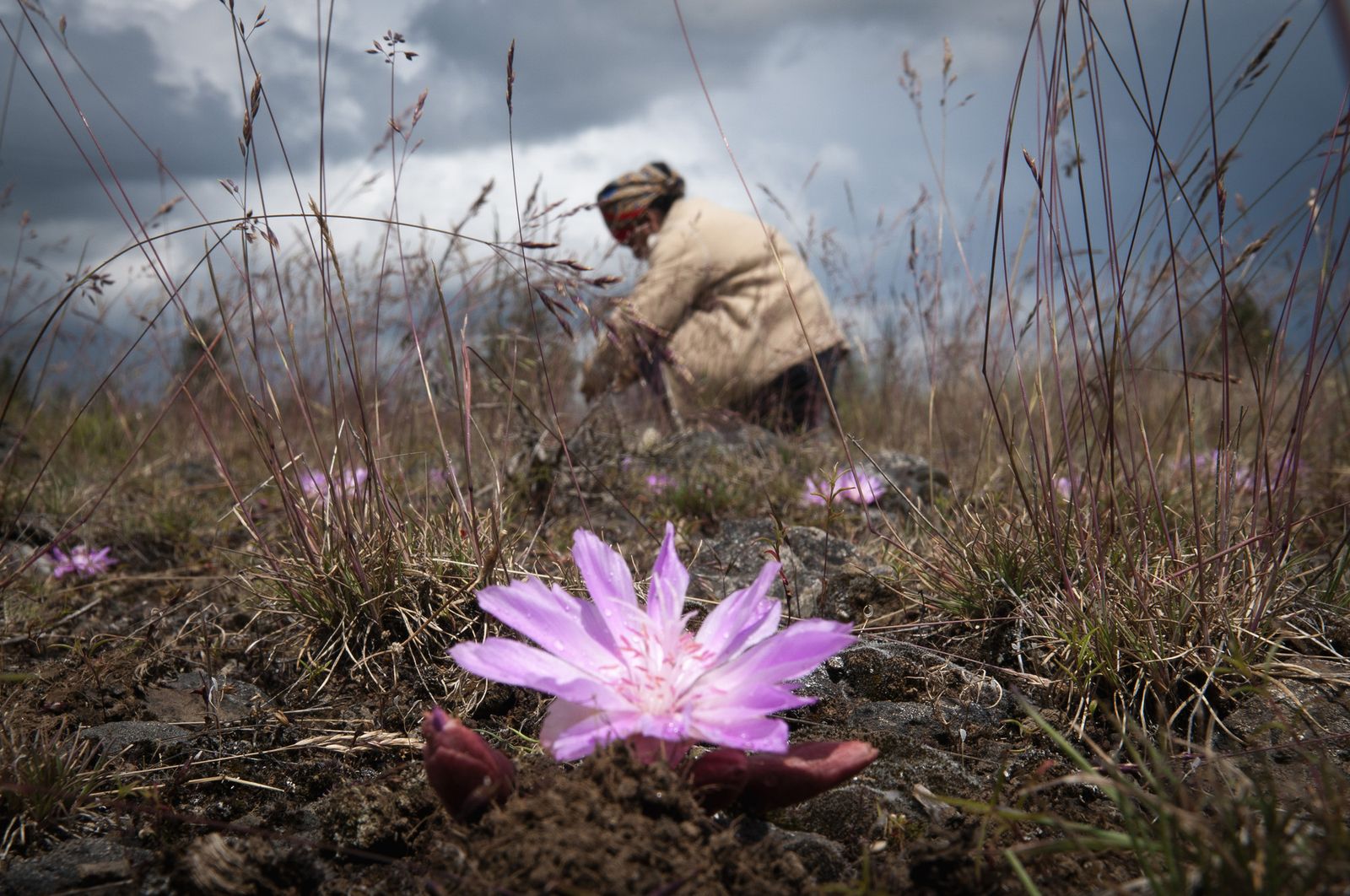
Many members of the Spokane Tribe heed the ATSDR warnings and do not dig roots, like this bitterroot, in the Blue Creek drainage. Instead they collect traditional foods in other locations including public and private land outside of the reservation. “We used to go to rockypoint (a root digging spot located between Midnite and Sherwood mines) but we have stopped doing all gatherings around Blue Creek’” said Deb Abrahamson.
Jed Conklin Special to The Spokesman-Review
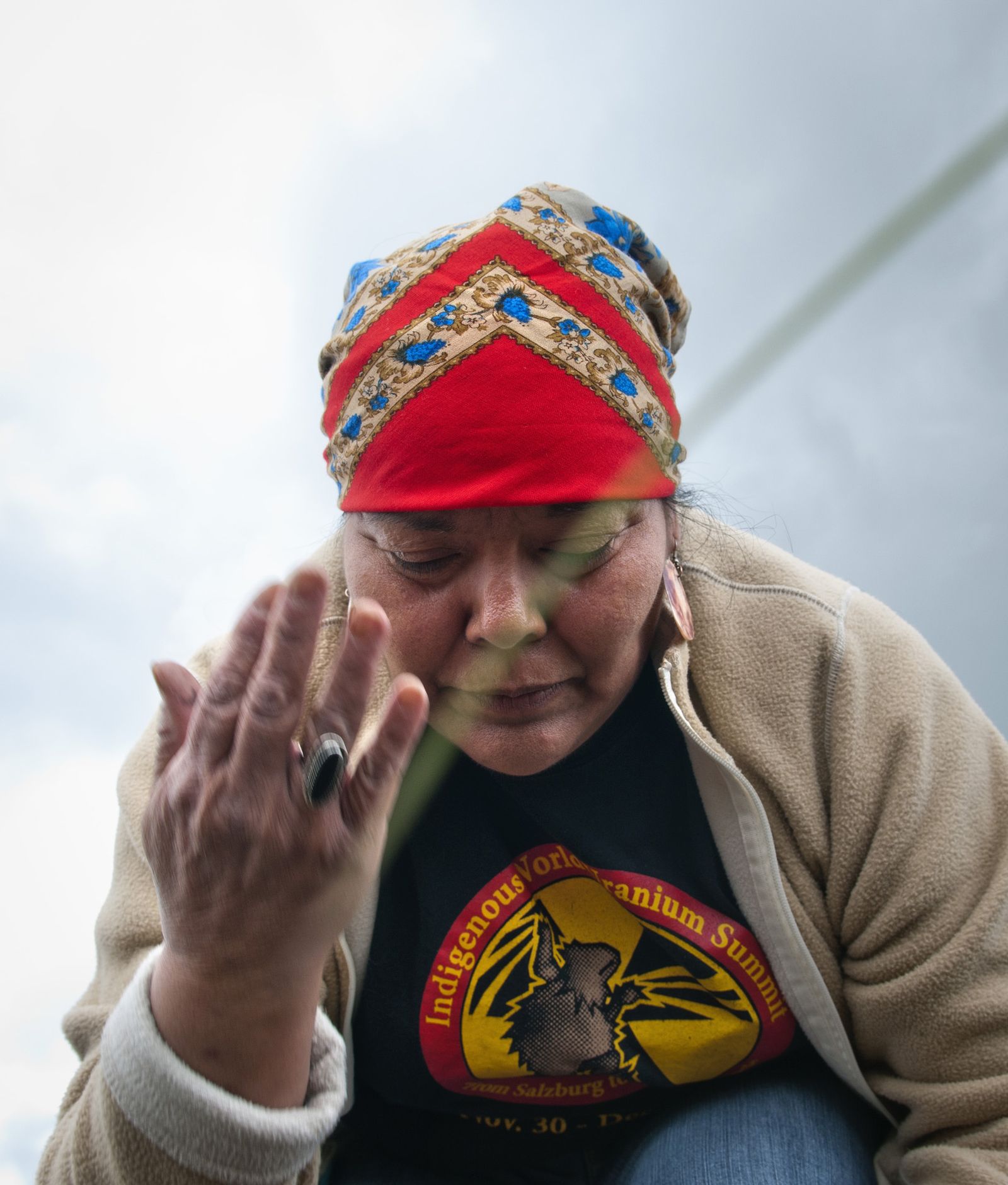
Deb Abrahamson, the founder of the Society to advocate for cleanup of radioactive waste (SHAWL) performs a traditional smudge (blessing) with angel sage. Abrahamson, a tribal activist, strives to bring awareness to the uranium mining on the Spokane Indian Reservation.
Jed Conklin Special to The Spokesman-Review
Becky Kramer The Spokesman-Review
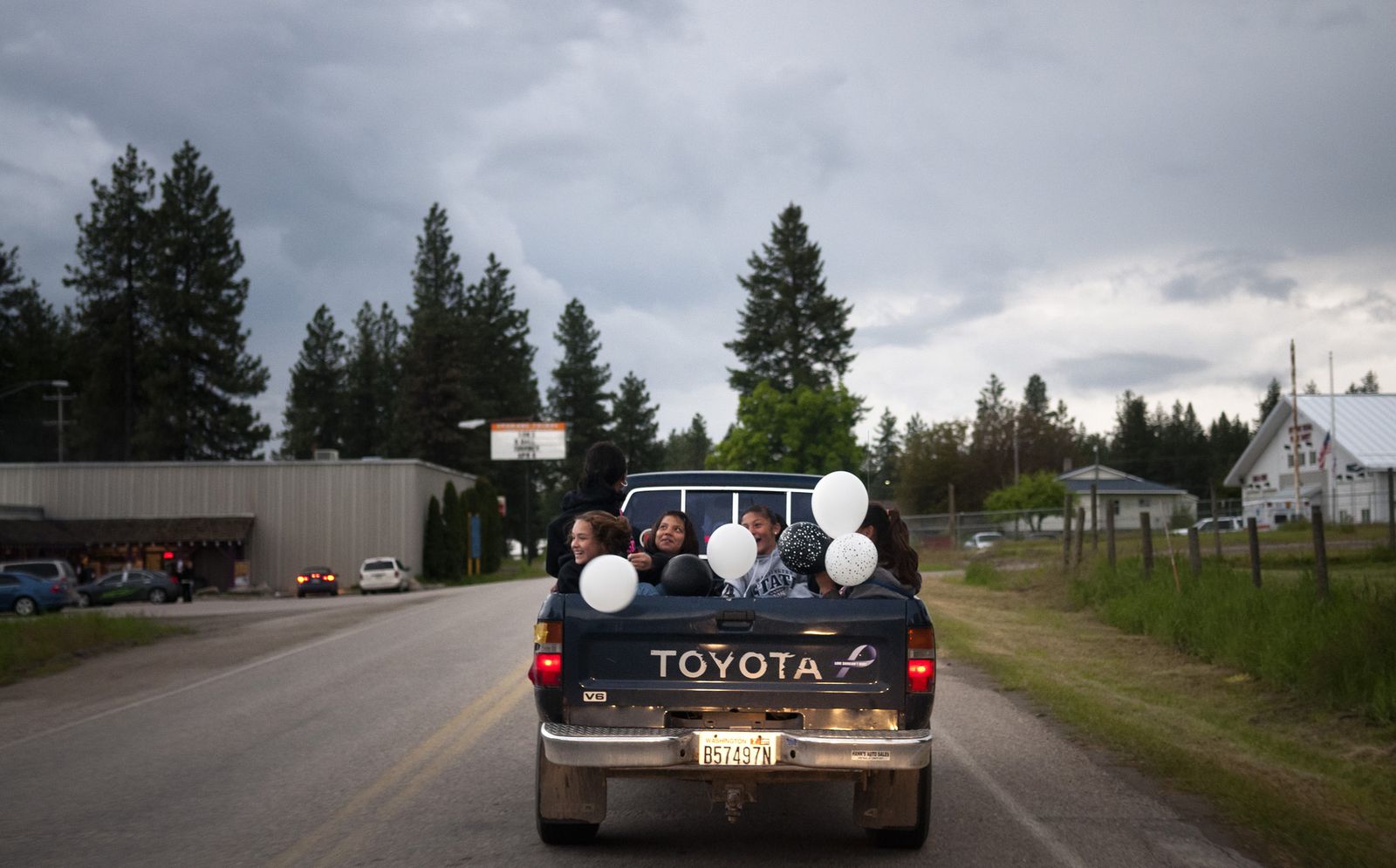
Life goes on in the Spokane Indian Reservation. Health risks are possible but for those who live on the reservation, living next to a uranium mine is just a way of life.
Jed Conklin Special to The Spokesman-Review
Share on Social Media